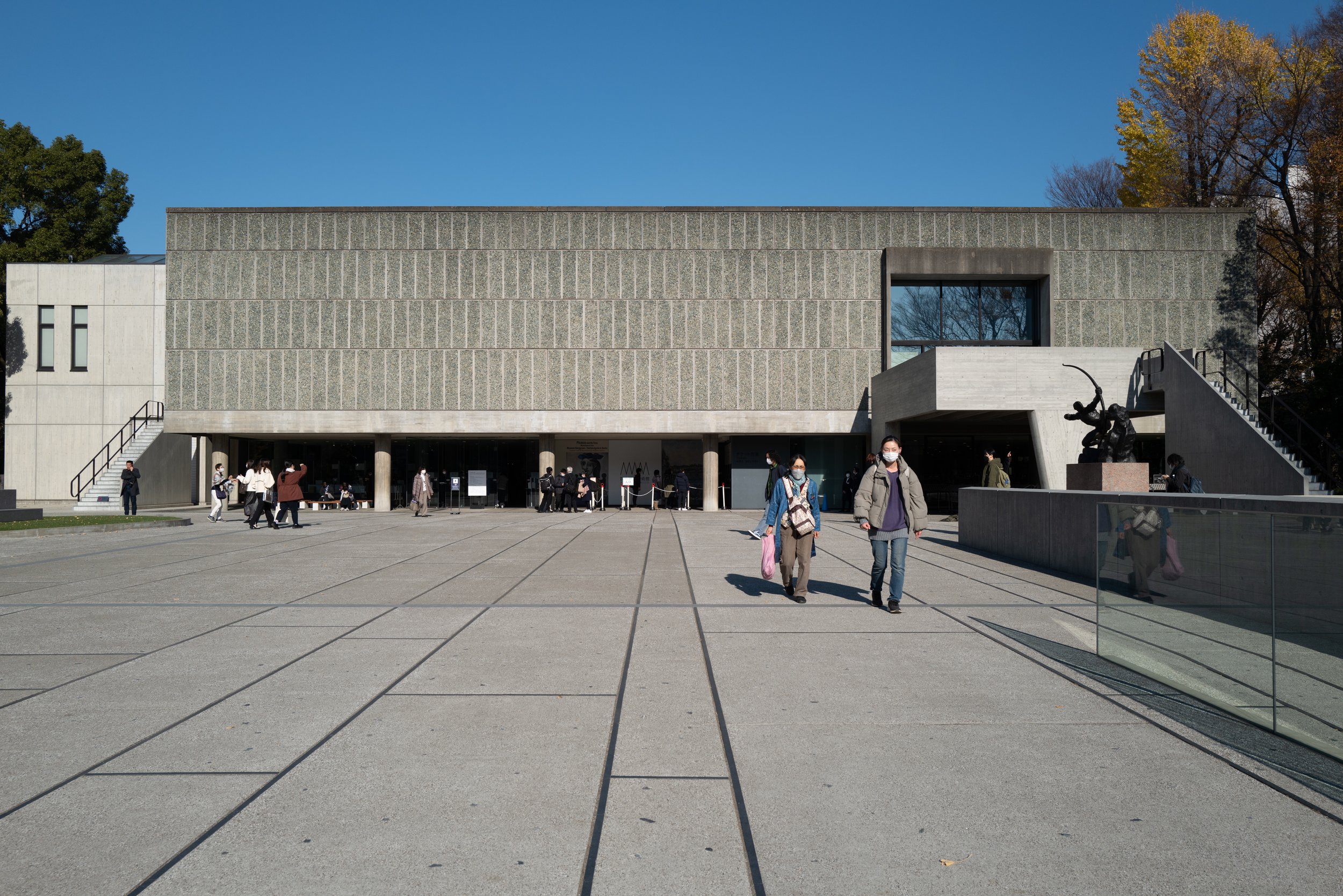National Museum of Western Art - Ueno
In Ueno Park, the National Museum of western art is located, where you can admire masterpieces of Picasso, Mirò, Van Gogh and many other artists.
Useful information
Website
Opening Hours 9:30-17:30 / Fridays and Saturdays: 9:30 - 20:00
Location on Google Maps
National Museum of Western Art
Within the museum complex located inside Ueno Park is the National Museum of Western Art, one of Tokyo's most famous art galleries. The National Museum of Western Art is one of those attractions that you absolutely cannot miss during your trip to Japan: it is the only museum dedicated to Western art in the entire country, and inside you can admire priceless treasures, including paintings, sculptures, and historical documents tracing the history of art from the Renaissance to the early 20th century. But this building is not simply a museum: courses and seminars on Western art are held here, studies and research are conducted, and conservation and restoration of works are carried out. In addition to housing invaluable treasures, this culturally rich place also tells us a story: the story of one man, an industrialist with a passion for art and to whom we owe the birth of this museum.
The story
The idea of creating a museum dedicated to Western art developed around the private collection of industrialist Matsukata Kojiro. A great lover of Western art, Matsukata traveled to Europe collecting many foreign works in the period between 1920 and 1923. With the outbreak of World War II, Matsukata was unable to bring his art treasures back to Japan, so they remained abroad, divided between England and France. When the war ended, Japan demanded the return of Matsukata's private collection so that construction of the museum could begin. France agreed to return the industrialist's works on the condition that the museum project be assigned to a French architect: the task was thus entrusted to Le Corbusier, who was later credited with constructing a building so beautiful that it competed with the works of art housed inside. Construction work, during which Le Corbusier enlisted the help of three apprentice Japanese architects, went on for two years, and the building was completed in 1959.
Year after year the museum increased its permanent collection of artworks through purchases and donations, and the building itself was also expanded further with the addition of a reading room, a ticket office, and more modern facilities.
In the museum
Established in an effort to acquaint the Japanese with and appreciate the artwork of Western artists, this museum is now a must-see destination for art lovers from around the world, who inside this building can admire more than 4,500 masterpieces created by distinguished painters and sculptors between the 14th and 20th centuries.
Outside the museum, near the entrance, you will find a statue dedicated to the very "thinker" (that is the name of the sculpture) of this project, namely Matsukata Kojiro.
The building has a rectangular floor plan, and the central area is devoted to the various exhibition galleries; once you enter the museum, the exhibition itinerary unfolds through the centuries and the various artistic currents that have characterized them.
The entrance for visitors is located in front of the hall dedicated to the 19th century. The particularity of this gallery is the ceiling that is initially low and then rises as you proceed; inside this room the paintings of French painters dominate and you can linger to admire the works of artists such as Delacroix, Courbet, Manet, Renoir, Monet, Van Gogh, Gauguin, and Moreau to which more recent masterpieces such as those of Marquet, Picasso, Soutin, Ernst, Miró, Dubuffet and Pollock were later added.
Another very important and rich section is the one devoted to works dating from the Renaissance to the 18th century. Walking through this gallery you will be captivated by the skill of artists of the caliber of Veronese, Brueghel and Fragonard; the bright colors and beauty of the drawings, most of which deal with religious themes, capture the hearts and eyes of visitors. Continuing your visit you can also admire numerous sculptures, including Rodin's most famous ones, and a collection of prints made by distinguished artists such as Goya, Rembrandt and Klinger.
Every year the museum also organizes special exhibitions that complement the permanent exhibits. During these exhibitions the museum displays unique pieces, splendid masterpieces of art that are often little-known, belong to private individuals or museums (Japanese or foreign) and are loaned out for the occasion.
Over the years, the National Museum of Western Art has received numerous awards and has been proposed for inclusion on the UNESCO World Cultural Heritage list.
